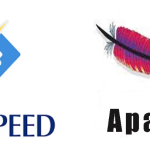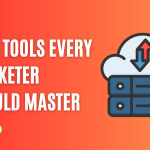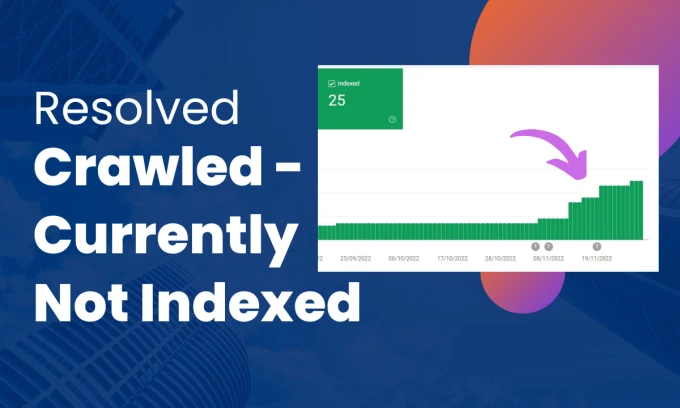Google Indexing API is a powerful tool that can help webmasters ensure that their website is properly indexed by Google. When a URL is crawled by Google, it is not always automatically indexed. This could be due to a variety of reasons, such as the URL not meeting Google’s quality standards, the content being too thin or duplicated, or the URL not being discoverable. Google Indexing API helps to resolve this issue.
What is Crawled – Currently not Indexed?
Crawled – Currently not Indexed URLs are those URLs that have been crawled by Google but not indexed in its search engine. This could be due to a variety of reasons, such as the URL not meeting Google’s quality standards, the content being too thin or duplicated, or the URL not being discoverable. Google Indexing API can be used to help resolve this issue by allowing webmasters to directly notify Google about new or updated URLs so that Google can index them faster. The API also provides detailed reports and insights into why a URL might not be indexed and what can be done to fix the issue.
What is Google Indexing API?
Google Indexing API is a tool that allows webmasters to communicate directly with Google and let it know when new URLs have been created or updated. It is a way to get your content indexed faster and more accurately. The API call includes the URL, the type of content it is (HTML or AMP), and a few other parameters. Once the API call is sent to Google, it will review the URL and determine if it should be indexed.
Benefits of Using the Indexing API
There are many benefits to using the Indexing API, such as:
Faster Indexing: The Indexing API allows webmasters to directly notify Google about new or updated URLs so that Google can index them faster. This means that your content will be discoverable by Google users sooner.
Improved Visibility in Search Results: Using the Indexing API can help improve your visibility in search results, as your content will be indexed more quickly and accurately.
Troubleshooting Issues: The Indexing API also allows webmasters to troubleshoot any issues they might be having with their website being indexed. It provides detailed reports and insights into why a URL might not be indexed and what can be done to fix the issue.
Takeaway
Google Indexing API is a powerful tool that can help webmasters ensure that their website is properly indexed by Google. It is easy to use and can help speed up the indexing process, as well as identify and resolve any issues that might be preventing a URL from being indexed. Using the Indexing API is a great way to make sure that your website is properly indexed by Google and improve your visibility in search results.
Hire me to solve the Crawled – Currently not Indexed issue
I am an experienced freelancer with a specialty in resolve crawled currently not indexed or Discovered – currently not indexed issues with Google Indexing API. I have extensive knowledge and experience using the Google Indexing API and have successfully solved many instances of Crawled – Currently not Indexed.
I understand the nuances of the API, and how to properly configure the settings to ensure proper indexing. I also keep up-to-date with the latest changes and updates to the API to ensure optimal performance. When it comes to Crawled – Currently not Indexed, I have the experience and expertise to get the job done quickly and correctly.
Check out my Fiverr profile and read my client’s review.
I can also resolve the other Google Search Indexing issues with the error lists by using the Google Search Console. This tool can help identify any potential indexing issues, such as pages not being indexed, slow loading time, and broken links. The tool can also help to identify and fix any errors that may be preventing the indexing of pages. Additionally, I can use the Google Search Console to set up and manage sitemaps, and submit these sitemaps to Google for indexing. This can help ensure that Google is aware of all the pages on a website and can help to improve the search engine rankings.
- Alternative page with proper canonical tag
- Excluded by ‘noindex’ tag
- Page with redirect
- Duplicate without user-selected canonical
- Blocked due to other 4xx issue
- Soft 404
- Blocked by robots.txt
- Duplicate, Google chose different canonical than user







